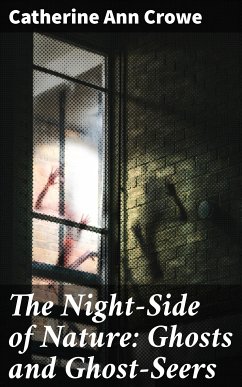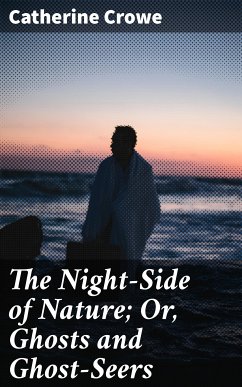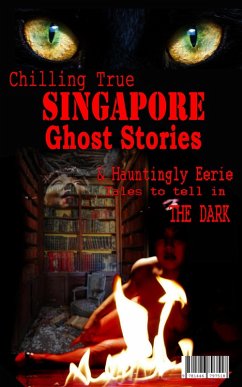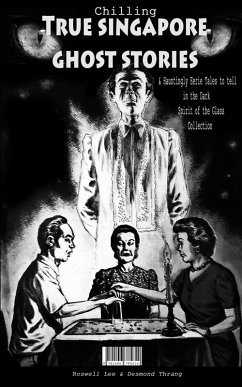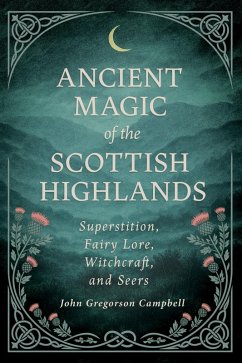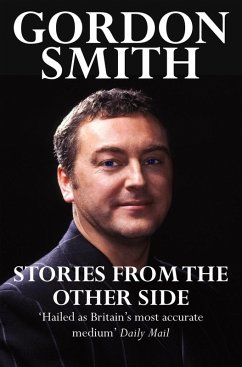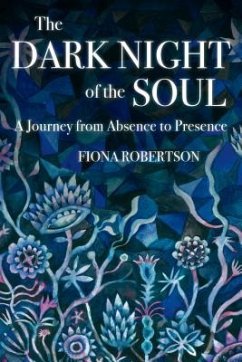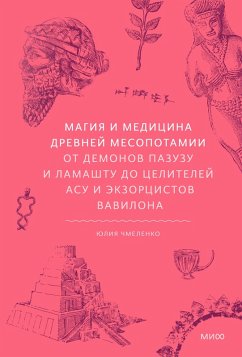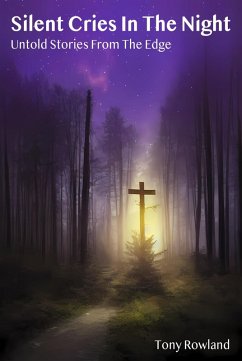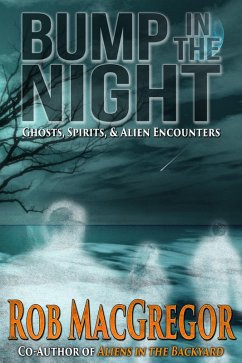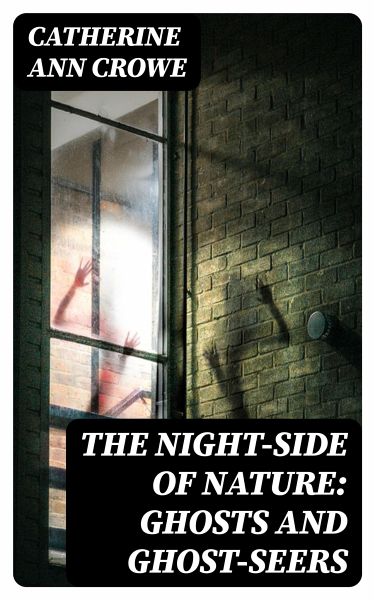
The Night-Side of Nature: Ghosts and Ghost-Seers (eBook, ePUB)

PAYBACK Punkte
0 °P sammeln!
In "The Night-Side of Nature: Ghosts and Ghost-Seers," Catherine Ann Crowe delves into the enthralling realm of the supernatural, juxtaposing factual accounts with poetic narrative. This seminal work, published in 1859, portrays the Victorian fascination with the occult and emerging spiritualism, employing a rich, descriptive prose that merges literary artistry with speculative inquiry. Crowe's exploration is not merely anecdotal; it meticulously categorizes various specters and their manifestations, while interlacing philosophical reflections on the nature of consciousness and the afterlife, ...
In "The Night-Side of Nature: Ghosts and Ghost-Seers," Catherine Ann Crowe delves into the enthralling realm of the supernatural, juxtaposing factual accounts with poetic narrative. This seminal work, published in 1859, portrays the Victorian fascination with the occult and emerging spiritualism, employing a rich, descriptive prose that merges literary artistry with speculative inquiry. Crowe's exploration is not merely anecdotal; it meticulously categorizes various specters and their manifestations, while interlacing philosophical reflections on the nature of consciousness and the afterlife, creating a compelling argument for the existence of the spectral. The volume is deeply entrenched in its period, reflecting the anxieties and curiosities surrounding death and the unknown during the Victorian era. Catherine Ann Crowe was a pioneering figure in ghost literature and a voice of her time, influenced by the spiritualist movement that captivated 19th-century society. Her personal experiences, including the loss of loved ones and her interactions with other practitioners of the paranormal, fueled her intrigue in ghostly encounters and phenomena. As a woman author during a time of male dominance in literature, her bold assertions about the spectral world reflect both her literary courage and cultural context. Recommended for enthusiasts of Gothic horror and spiritual inquiry, "The Night-Side of Nature" is an essential read that not only entertains but also provokes deep reflection on the boundaries between life and death. Crowe's blend of narrative charm and scholarly rigor ensures that readers will find themselves captivated by the allure of the spectral, as they ponder the very nature of existence.
Dieser Download kann aus rechtlichen Gründen nur mit Rechnungsadresse in A, B, BG, CY, CZ, D, DK, EW, E, FIN, F, GR, H, IRL, I, LT, L, LR, M, NL, PL, P, R, S, SLO, SK ausgeliefert werden.




